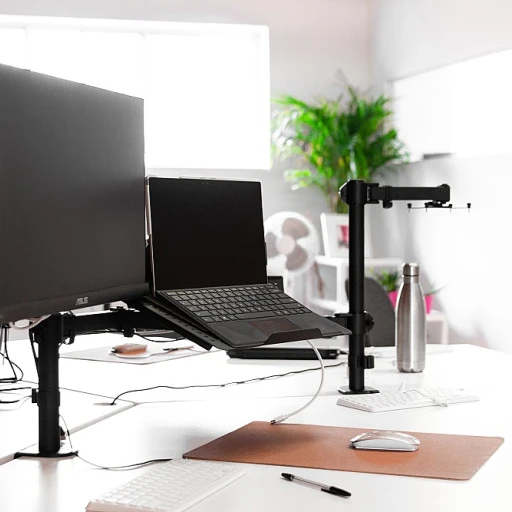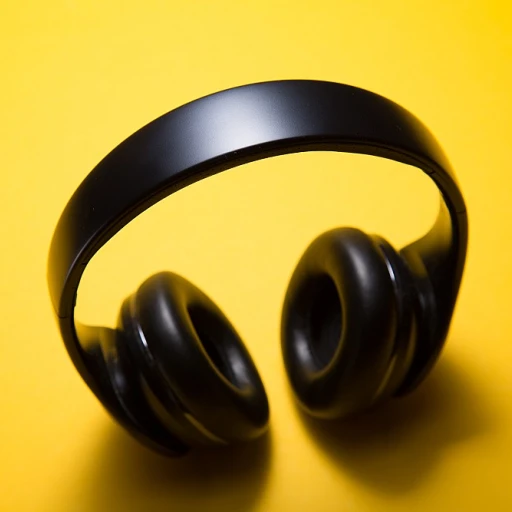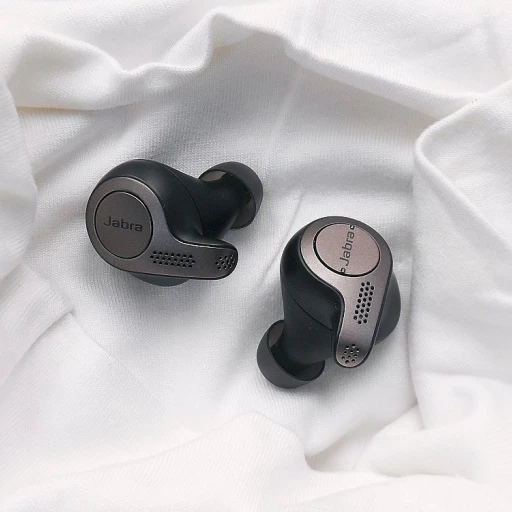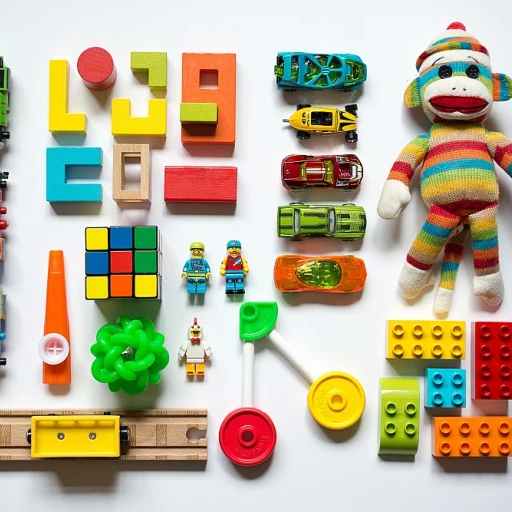Understanding the Arduino Nano Every
Introduction to the Arduino Nano Every
The Arduino Nano Every is a compact yet powerful microcontroller board that has captured the attention of tech enthusiasts and professionals alike. Built on the ATmega4809, this board is an evolution of the classic Arduino Nano, offering enhanced capabilities and a more robust architecture. Its small form factor makes it an ideal choice for projects where space is at a premium, yet it doesn't compromise on performance.
Key Features and Specifications
The Nano Every stands out with its impressive array of features. It includes a USB connector for easy programming and power supply, and it supports both serial communication and digital pins for versatile connectivity. The board operates at a voltage of 5V, with a micro USB port that simplifies the connection to other devices. The inclusion of multiple analog inputs and digital pins allows for a wide range of applications, from simple data input to complex communication tasks.
Why Choose the Nano Every?
One of the primary reasons to choose the Arduino Nano Every is its balance of size and functionality. It opens a window to endless possibilities in the realm of luxury tech gadgets, where precision and efficiency are paramount. Whether you're developing a high-end audio system or an innovative home automation solution, the Nano Every provides the reliability and performance needed to bring your ideas to life.
For those interested in elevating their charging experience, the Mascot Battery Charger offers a premium solution that complements the capabilities of the Nano Every, ensuring your projects are powered efficiently and effectively.
Detailed Examination of the Pinout
Decoding the Pinout Diagram
The Arduino Nano Every is a compact powerhouse, and understanding its pinout is crucial for leveraging its full potential. The pinout diagram is your roadmap to the board's capabilities, detailing each pin's function and how it interacts with the microcontroller. This board, powered by the ATmega4809 MCU, offers a versatile range of pins that cater to various project needs.
Exploring Digital and Analog Pins
The Nano Every features 14 digital pins, each capable of reading or writing digital signals. These pins are essential for tasks requiring on/off control, such as turning LEDs on or off. Additionally, the board includes 8 analog input pins, which are invaluable for reading variable data like sensor inputs. These pins convert analog signals into digital data, opening a window to more complex projects.
Power and Communication Interfaces
Powering the Nano Every is straightforward, thanks to its micro USB connector. This USB port not only powers the board but also facilitates serial communication, allowing data exchange between the board and your computer. The board's voltage regulator ensures stable power delivery, crucial for maintaining performance in luxury tech gadgets.
Special Features and Connectivity
Beyond the basics, the Nano Every includes specialized pins for advanced functionalities. The board supports I2C and SPI communication protocols, enabling seamless integration with other devices. For those interested in wireless capabilities, exploring the Nano BLE or Nano IoT variants might be worthwhile. These boards expand connectivity options, making them ideal for cutting-edge projects.
For a deeper dive into enhancing your setup, consider exploring premium charging solutions that complement your tech endeavors.
Applications in Luxury Tech Gadgets
Delving into the Luxurious Potential
As the realm of luxury tech gadgets continually evolves, the integration of microcontrollers such as the Arduino Nano Every proves invaluable. This compact board opens a window to sophisticated project possibilities, enhancing the fusion of technology and opulence.
The pinout of the Nano Every—featuring numerous digital and analog pins—allows for versatile applications. Its connectivity, provided by a micro USB port, facilitates seamless communication between devices, making it perfect for handling data-intensive tasks in high-end tech environments.
Luxury gadgets often demand precision and reliability, and the Nano Every's Atmega MCU, alongside its robust serial communication, ensures just that. Whether it's controlling ambient lighting systems with nano USB's smooth voltage regulation or orchestrating complex structures within intricate projects, this microcontroller stands out as an excellent choice.
A practical example is the design of high-end automated systems where the integration of a board Nano can refine control mechanisms. With its blend of power and efficiency, it supports both creative and practical applications, crucial for bespoke technological products. This technology opens the door for innovations in energy-efficient systems or luxury environments tuned to user preferences.
For an insightful exploration of how similar technologies elevate luxury devices, you can
learn about the elegance of CleanPod UVC sterilizers, showcasing another facet of luxury tech integration.
Challenges and Solutions
Overcoming Design Complexities
The Arduino Nano Every, while a marvel of modern engineering, presents its own set of challenges, particularly in luxury tech gadget integration. Many projects require a seamless blend of functionality and aesthetics, which can be difficult to achieve due to the nano board's compact size and intricate pinout diagram.
Challenges arise primarily from the limited number of digital pins and analog inputs available on the board nano. Luxury gadgets often demand high levels of data processing and input/ output capabilities, and the constraints of the Arduino Nano’s pinout can be a significant hurdle.
Handling Power and Connectivity
Another common issue is the board's power management. The Arduino Nano Every is designed to operate with specific voltage requirements, and incorrect voltages can lead to inefficiencies or even damage to the board. Ensuring proper USB connector and USB port connections for power supply and serial communication is imperative to prevent any failure and to maintain the efficiency of the luxury devices.
Moreover, the limited onboard memory of the Arduino Every necessitates creative data management solutions when managing complex microcontroller data, particularly when compared to newer innovations like the nano BLE or nano IOT. Implementing additional components or boards for enhanced storage or memory might be necessary in more advanced projects, adding another layer of complexity.
Ensuring Smooth Communication
Serial communication can also pose challenges, as luxury gadgets demand precise and reliable communication protocols. The relationship between the ATmega microcontroller and peripheral devices can require careful configuration to ensure efficient data flow through the serial or USB connections. Without proper adjustments, communication errors can occur, jeopardizing the project’s overall functionality.
While these complexities are formidable, they also open a window for creativity and innovation among developers. Many turn to online forums, like Reddit, for solutions and advice, where communities share experiences and insights on overcoming the unique challenges posed by the Arduino Nano Every.
In addressing these challenges, understanding the intricacies of both the board’s capabilities and limitations can lead to genuine breakthroughs in luxury tech gadget design.
Comparative Analysis with Other Microcontrollers
Evaluating Arduino Nano Every in Comparison with Alternatives
The Arduino ecosystem presents a variety of boards, each catering to different needs and niches. Within the realm of microcontrollers, it's pivotal to compare the Arduino Nano Every with other popular models to fully appreciate its unique offerings.
As you may already know, the Nano Every is an evolution of the original Arduino Nano. It features an updated ATmega 4809 CPU, which offers increased power and capabilities. This makes it an attractive option for projects demanding more processing power than the classic Nano or the beginner-friendly Arduino Uno can provide.
When evaluating the Nano Every against the Nano 33 BLE, the latter stands out due to its BLE capabilities, enabling wireless Bluetooth communication—ideal for IoT applications. On the other hand, the Nano 33 IoT and Nano Every share similarities, but the 33 IoT model incorporates WiFi connectivity, expanding its functionality for network-based projects.
The Nano ESP series offers another dimension with enhanced connectivity options, making it suitable for advanced IoT developments. Its USB connectors, digital pins, and compatibility with more sophisticated communication protocols can be advantageous.
While the smaller form factor of the Nano Every is beneficial for compact projects, the physical aspect should not overshadow the significance of its pinout diagram. A well-detailed pinout is crucial as it guides the integration of various peripherals, ensuring that voltage and data connections are efficiently established without jeopardizing the board's integrity.
In scenarios that demand robust analog input and precise serial communication, the official Arduino boards, particularly the Nano Every, provide reliable solutions. The board's micro USB and power management features ensure stable performance even under demanding conditions.
As we look towards the future of microcontrollers, the continuous evolution of Arduino's offerings—marked by enhanced processing power and integrated communication capabilities—promises even more innovative applications in luxury tech gadgets. This trend of improvement not only opens windows to more sophisticated project ideas but also sets benchmarks for other MCUs in the competitive tech landscape.
Future Trends and Innovations
The Evolution and Future Prospects of Arduino Nano Every
The world of microcontrollers is constantly evolving, and the Arduino Nano Every is a prime example of how technology adapts to modern needs. This compact board has already set a precedent in enhancing the accessibility and functional diversity of projects ranging from simple DIY creations to intricate luxury tech gadgets.
One pivotal aspect in the evolution of the Arduino Nano Every is its ability to support advanced communication protocols. With a versatile pinout diagram that includes dedicated serial communication pins, the board enables robust data transfer and seamless integration with other devices. As the demand for interconnected systems increases, such as those in the IoT and home automation, this feature ensures the Nano Every remains relevant.
The trend towards miniaturization is another crucial factor. With its compact form, coupled with the efficiency of the ATmega microcontroller family, the Nano Every offers an ideal solution for projects that require space-saving solutions without compromising on power and performance. Future iterations may see further enhancements in processing capabilities while reducing power consumption, a crucial consideration in portable tech gadgets.
Moreover, the realm of USB connectors and power delivery systems is rapidly advancing, offering faster data transfer rates and more efficient energy management. As we look forward, integrating features like Nano USB port enhancements or adopting newer standards could further augment how effectively the Nano Every is deployed across various applications.
With the rise of smart technology and the constant push towards more sophisticated digital solutions, boards like the Arduino Nano Every will likely continue to dominate the market. By maintaining its commitment to innovation and addressing emerging technological needs, it is poised to remain a staple for enthusiasts and professionals alike.
In keeping pace with this evolution, it will be intriguing to observe how the Nano Every adapts to integrate cutting-edge technology, perhaps exploring opportunities in BLE sense and future connectivity enhancements. As projects grow in complexity, the challenge will be to maintain simplicity and user-friendliness, key factors that have cemented the Arduino boards' reputation over the years.













